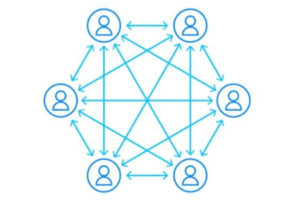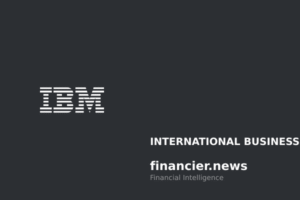$JPM $MSFT $GOOGL
#Banking #CloudComputing #Finance #DigitalTransformation #Fintech #BigTech #DataSecurity #CyberRisk #FinancialMarkets #Innovation #AI #Regulation
The banking industry is undergoing a profound transformation as critical functions migrate to the cloud. Traditional financial institutions, long reliant on legacy systems, are increasingly dependent on cloud service providers such as Microsoft ($MSFT), Google ($GOOGL), and Amazon Web Services to handle vast amounts of sensitive data. This transition promises improved efficiency, faster transaction speeds, and enhanced customer experiences, but it also raises pressing concerns over data security, regulatory compliance, and systemic risks. Cloud computing has allowed banks to scale operations rapidly while reducing infrastructure costs, making it a lucrative shift for financial firms seeking a competitive edge. However, reliance on a handful of tech giants introduces new concentration risks that governments and regulators are only beginning to address.
As financial institutions continue to shift operations online, cyber threats and data breaches have escalated. The interconnected nature of cloud computing means that a single security vulnerability could have widespread implications across the financial sector. Major banks like JPMorgan Chase ($JPM) have significantly increased investments in cybersecurity to mitigate these risks, yet concerns persist. Regulators are scrambling to implement policies that ensure banks maintain operational resilience while harnessing cloud technology. Recent discussions from the Financial Stability Board (FSB) and other oversight agencies have highlighted the urgent need for policies that address third-party risk management, as outsourcing financial data to external cloud providers leaves institutions susceptible to potential disruptions or cyberattacks.
Cloud adoption is also reshaping financial markets. As banks transition to digital infrastructure, fintech firms and neobanks are leveraging cloud-based services to compete with established institutions. The increased automation of financial services, driven by artificial intelligence (AI) and data analytics, is making transactions more efficient while reducing costs. However, the dependence on cloud computing could lead to market volatility if a single provider experiences an outage or cyber breach. Recently, major outages at Amazon Web Services disrupted trading platforms and payment processing systems, underscoring the risks associated with widespread cloud adoption. Investors are closely watching how banks manage these dependencies, as operational disruptions could directly impact stock performance and financial stability.
Regulatory bodies worldwide are working to strike a balance between fostering innovation and maintaining financial stability. The European Union and the United States have both proposed stricter guidelines on cloud concentration in banking, urging financial institutions to implement contingency plans for potential service failures. Additionally, central banks are exploring ways to regulate systemic risks stemming from cloud dependency. As cloud computing continues reshaping the banking landscape, the next decade will likely see further consolidation between financial institutions and tech giants, driving stock performance for major cloud providers. Investors should monitor regulatory developments and cybersecurity trends as key factors influencing market sentiment and sector growth in the years ahead.











Comments are closed.